I threw a picnic in our garden the other day. We were busy with all…
The nanny, the nursemaid and the governess
These women were slightly in a different and special position at grand houses because they looked after the family’s children which required great trust. They all had direct contact with the lord and mistress of the house and due to their responsibility they were highly regarded, both by the employers and by the servants. However, out of the three, the governess was in the most difficult and unpleasant situation, because she was an educated woman, often from middle class, yet she worked for money and was a servant who was treated accordingly. Because of her knowledge, servants tended to avoid the governess and she was often handled as a “black sheep”, who did not belong to them.
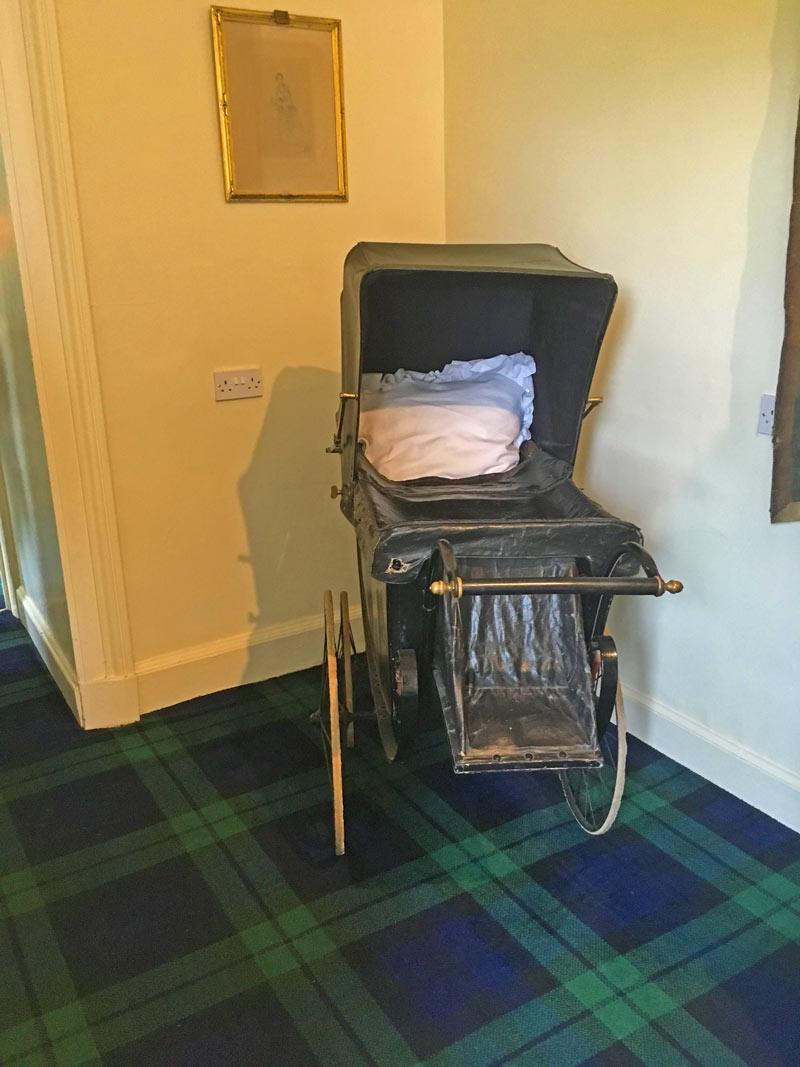
Difference between a nanny and a nursemaid
Before having a look at their roles and responsibilities, we have to clarify the difference between a nanny and a nursemaid. Although the word “nanny” is a synonym of nursemaid, there is a slight difference between their roles. A nanny would be a young woman who was a nurse of a child, meaning she would change the nappies, care for them when they were ill and functioned as a surrogate mother, or as a granny, whilst the nursemaid was a 12-14 year old girl most of the times from one of the farms nearby and whose relatives were most probably working on the estate in other positions. She would look after the children, dress them, wash them, sew their clothes etc. In spite of their privileged position in the household, both the nanny and the nursemaid were more exposed to danger. They could walk freely with the children in the house and gardens during working hours and with the presence of the children (who were not old enough to understand what was going on) men felt encouraged to approach them and address them which would have been uninvited.
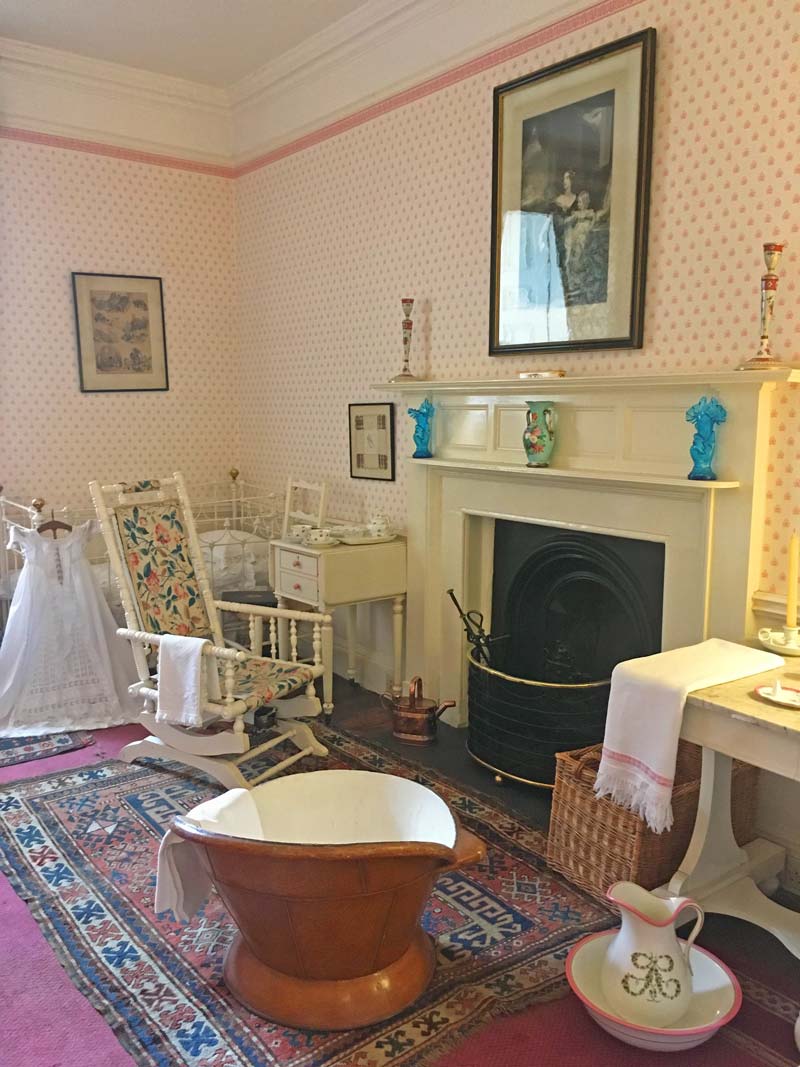
Roles and responsibilities
During the Victorians era of English history, they started to look after animals, plants, people and children in need. Therefore, it was important for the Victorian aristocracy and for the higher-class to get the best care and education for their children. Because of a high birthrate during this period, mothers hired nannies or nursemaids who looked after their children 24 hours a day.
Nannies often stayed with the family for decades, especially if they were highly regarded. However, as soon as their services were not required anymore and the kids grew up, they were sent away. The separation often was painful and hurt both parties as nannies had more emotional connections to the children than their own parents, who would see them for an hour or so every day at a certain time. As a result, children often felt their parents were alien to them.
Not every nanny was good and loving and caring, there were scary ones as well who did not treat children properly, or beat them. If children could not fall asleep or stop crying, they would get a solution which contained morphine or alcohol.
The nursery
The nursery and the nanny’s room were on the upper storeys far from the parents‘. Nannies and nurses even had their own bathroom and lavatory which again shows their privileged position and they were also allowed to have their meals in the housekeeper’s room (“pug’s parlour”). The nanny defined what equipment, or amendment, the nursery needed.
The Wet-Nurse
There is another type of “nurse” we have to mention and that is the so called “wet nurse”. Although in the Victorian era, mothers were encouraged to breastfeed their children and were told they would get back they figures faster by breastfeeding, still this was considered to be “too animal” so that they rather hired wet nurses, who were young mothers but had enough milk to feed others‘ babies as well. I find it interesting that wet nurses were advised not to drink spirits, but were encouraged to drink beer as they needed fluid and beer was safer to drink than water. Of course, wet nurses too were employed as long as their services were required.
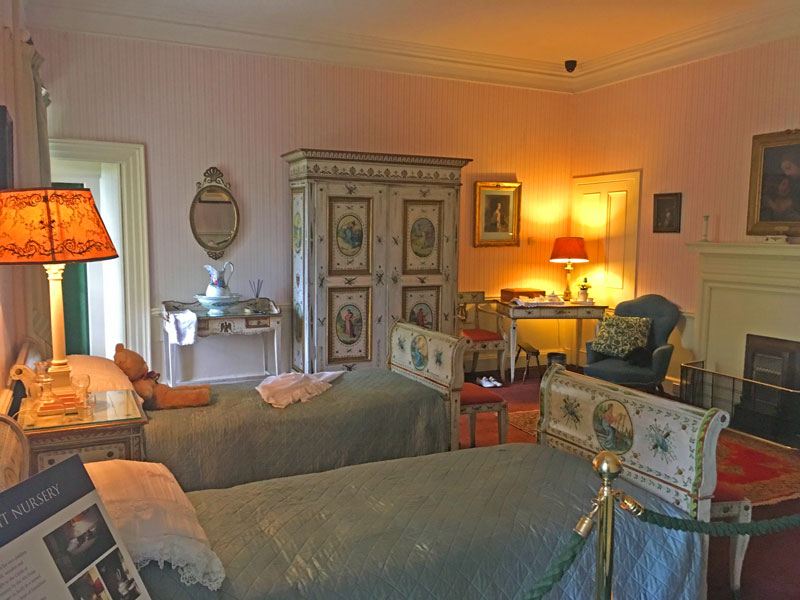
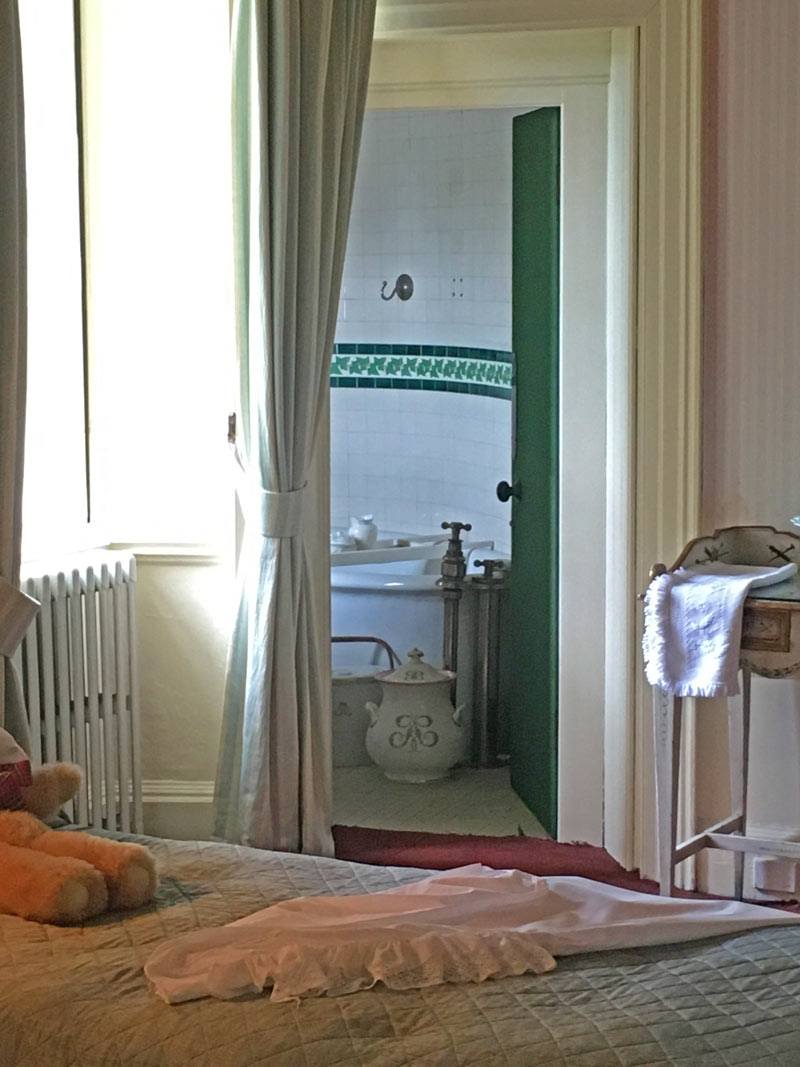
The Governess
Governesses first appeared in the 17th century after the Civil War when many women lost their husbands and they needed to secure their income. Only the wealthiest families could afford to have a governess and only girls were taught by a governess as boys were sent to boarding schools. Daughters of the aristocracy had to learn to play music, how to dance, be familiar with fashion and to have a general education, so that they can find a rich husband later. Therefore, families often hired a dance teacher who had to be French and a governess who had to be well brought up – daughters of clergymen were preferred.
The governess always had to dress well, which was difficult given her low salary. Although she did not have any perks like other servants in the household, she was allowed to use the library, instruments and she joined the family on trips. Just like the nanny or nursemaid, the governess was sent away once her services were no longer required, which in her case was when girls married and left the family. Retired governesses often opened a private school together in order to secure their income.
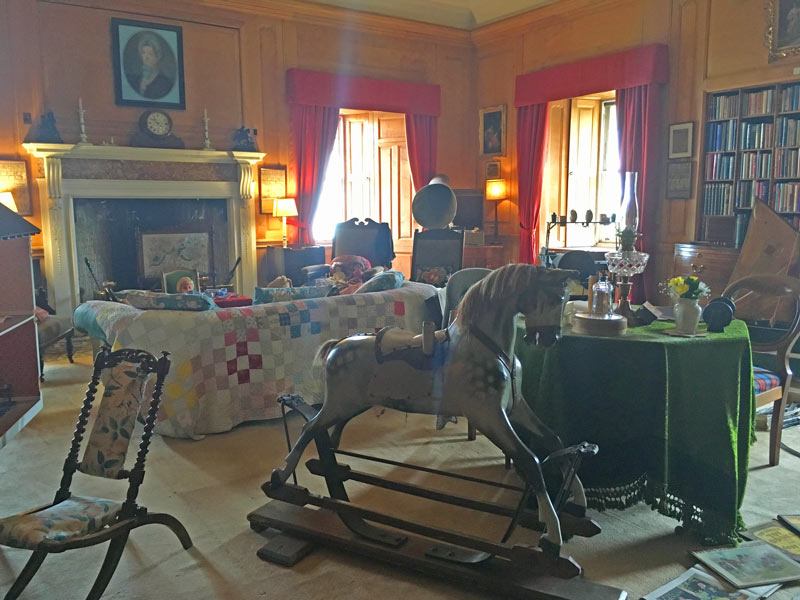
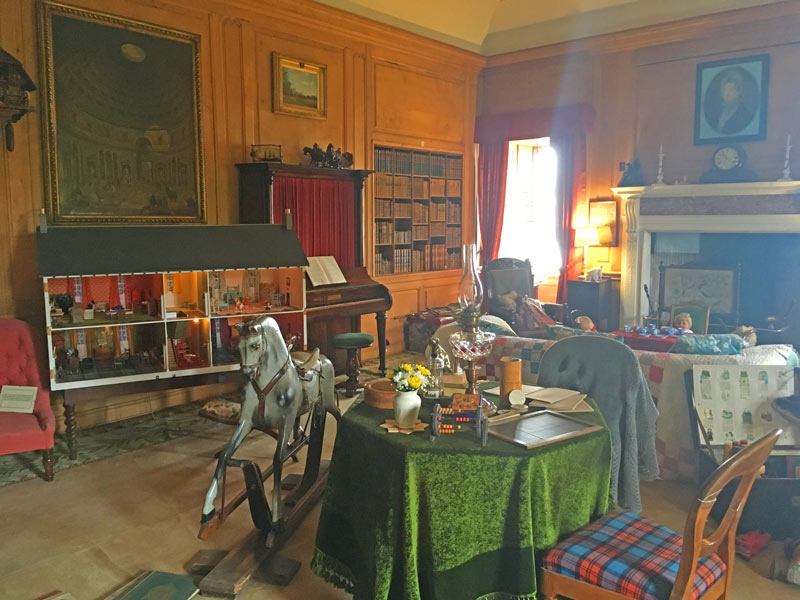
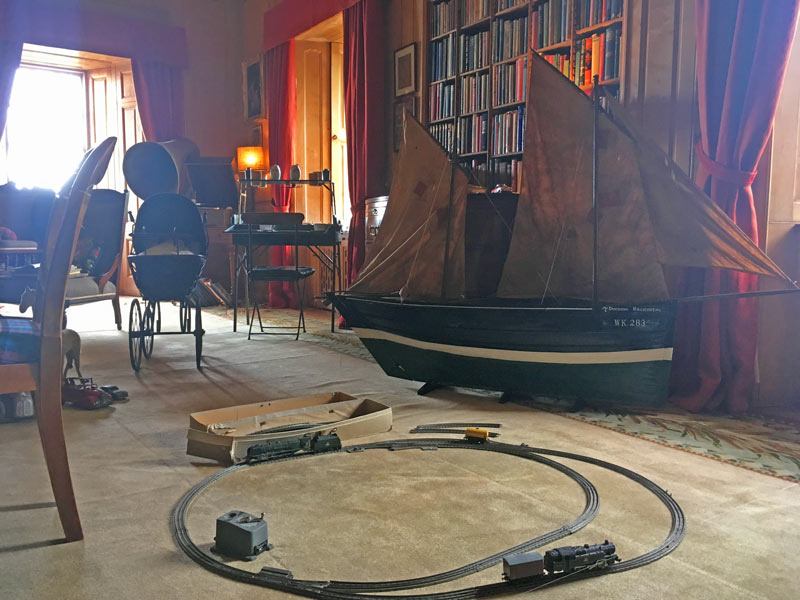
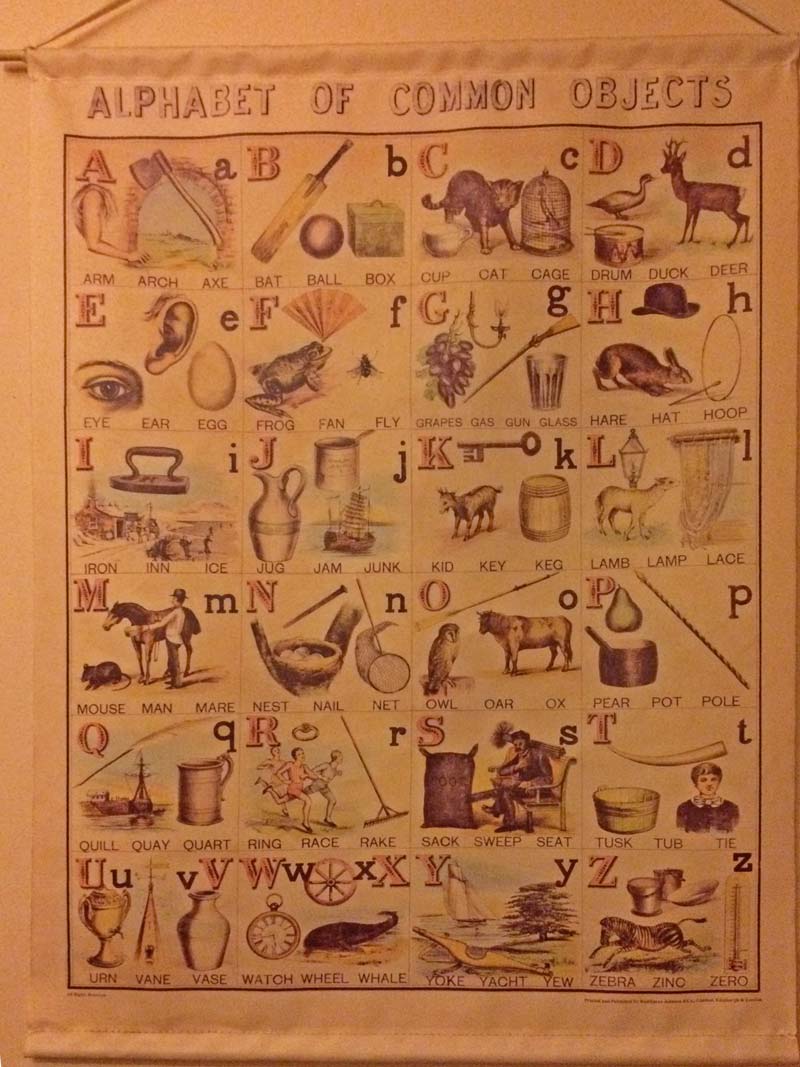
~
Although these women lived in better conditions and were more regarded by the family than other servants, their lives and jobs were equally difficult and often lonely and sad. Not to mention the fact they were sent away when they were not required anymore which made their future insecure.

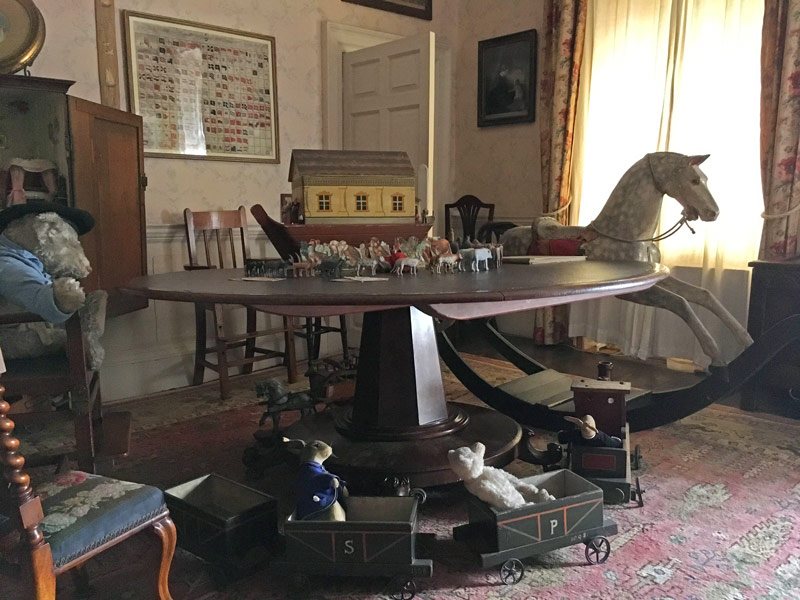
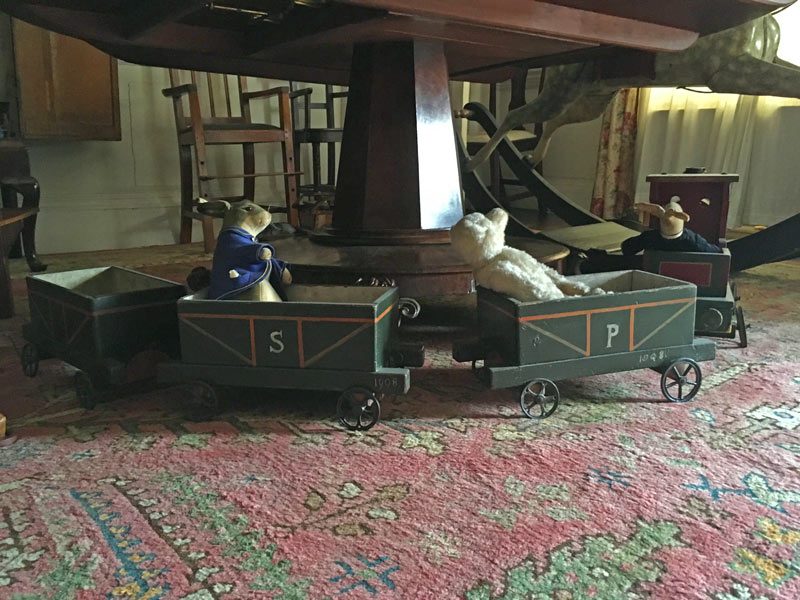
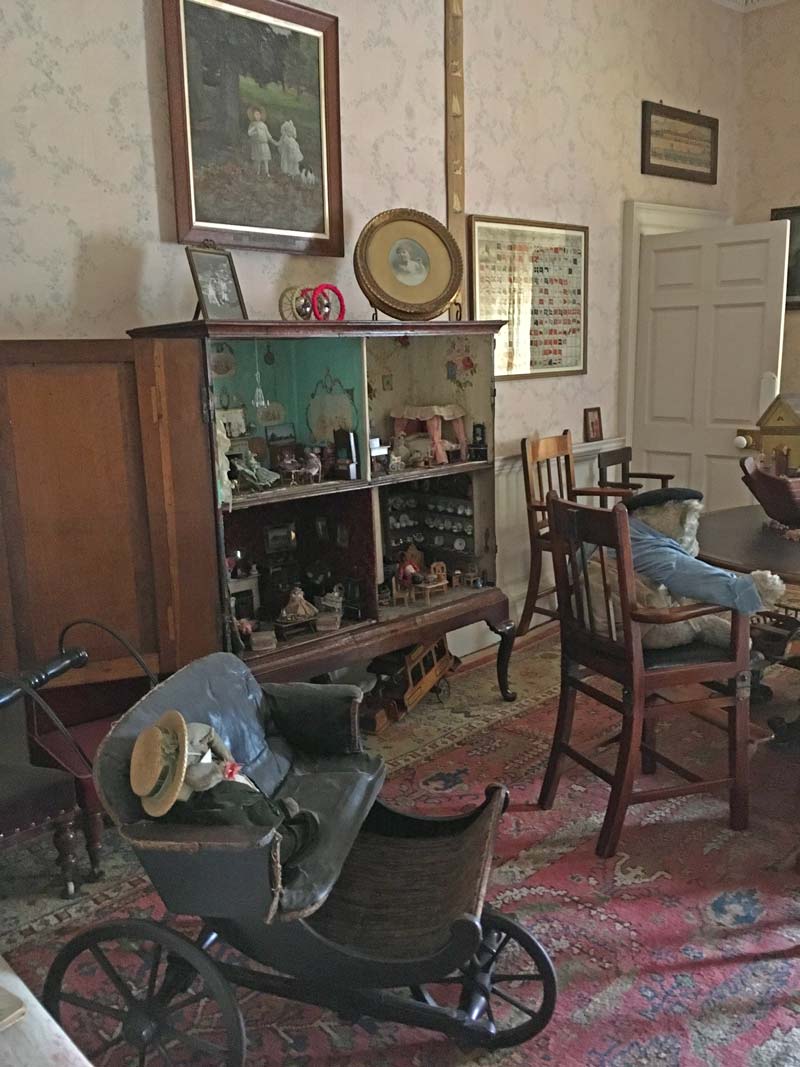
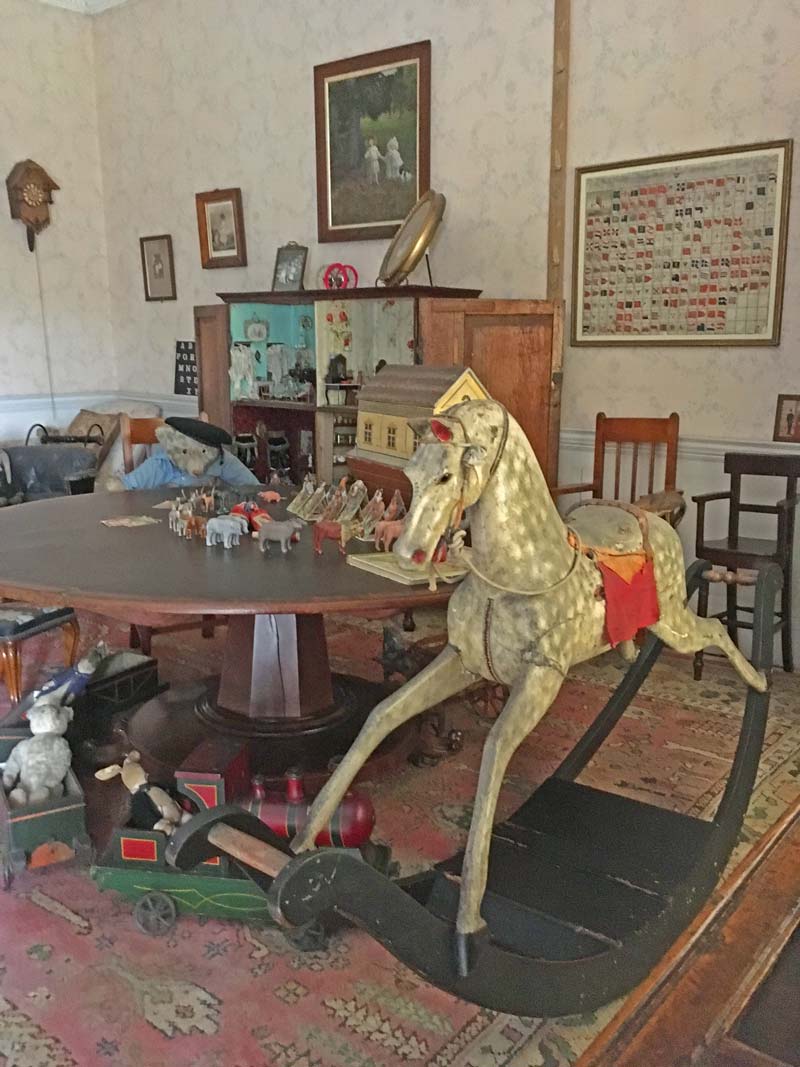



One reason beer may have been encouraged for the wet nurses is that the brewer’s yeast in beer increases milk supply for breastfeeding women. Not sure if they knew that then, or if it was purely a safer alternative to water, but we know that now. Which is why many lactation recipes include brewer’s yeast.